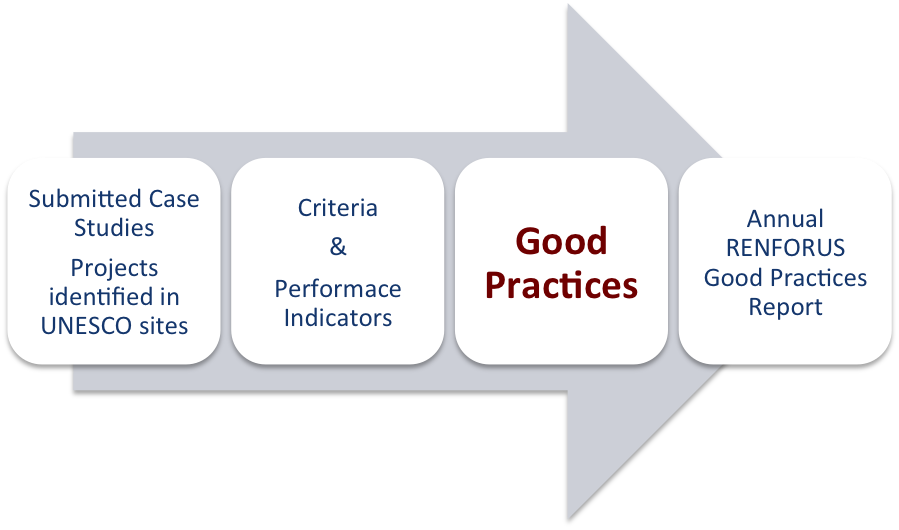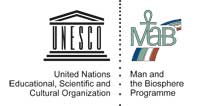CRITERIA AND INDICATORS FOR THE SELECTION OF
GOOD PRACTICES
RENFORUS Good-Practice are projects or initiatives that:
- Demonstrate a positive contribution to use of the renewable energy and energy efficiency in UNESCO’s sites.
- Represent a model of excellence to foster integration of renewable energies in the site.
- Aim to meet the needs of local population living in the UNESCO sites, as well as their right of access to clean and safe energy.
- Encourage green economies, capacity building, and empowerment of local communities.
- Make use of resources without jeopardising the ecosystem functions and the heritage values of UNESCO sites.
- Provide examples of how to overcome barriers to RE technology deployment.
- Are suitable for replication by energy stakeholders and decision makers at the local level in other UNESCO sites.
- Are experiences which have been tested, accepted, and adopted by those who implemented them.
- Are initiatives that contribute to paving the way toward sustainable energy communities.
The RENFORUS Good Practice Report are the result of extensive outreach and analysis conducted to identify the best practices in renewable energy and energy efficiency in the UNESCO Sites.
The identification and selection of good practices in UNESCO sites include the characterization of each case study, matching to the selection criteria, the use of performance indicators for assessment, and the verification of ability to overcome the existing barriers.
Criteria for good practice selection
A selection of Good Practices was made in respect to the following key criteria:
- Representativeness
- Sustainable energy governance
- Diversity of scope and outcomes
- Effectiveness and successfulness
- Environmental sustainability
- Economic feasibility and technical practicability
- Participatory approach
- Replicability and adaptability
- Relevance for local energy sustainability
Submit a case study - Questionnaire





 There are currently 621 biosphere reserves in 117 countries, including 12 transboundary sites.
There are currently 621 biosphere reserves in 117 countries, including 12 transboundary sites. 












